The international space industry is on a growth trajectory, but new research shows a rapid increase in rocket launches would damage the ozone layer.
2024 Simons Foundation Annual Report Now Available Online
Read the Stories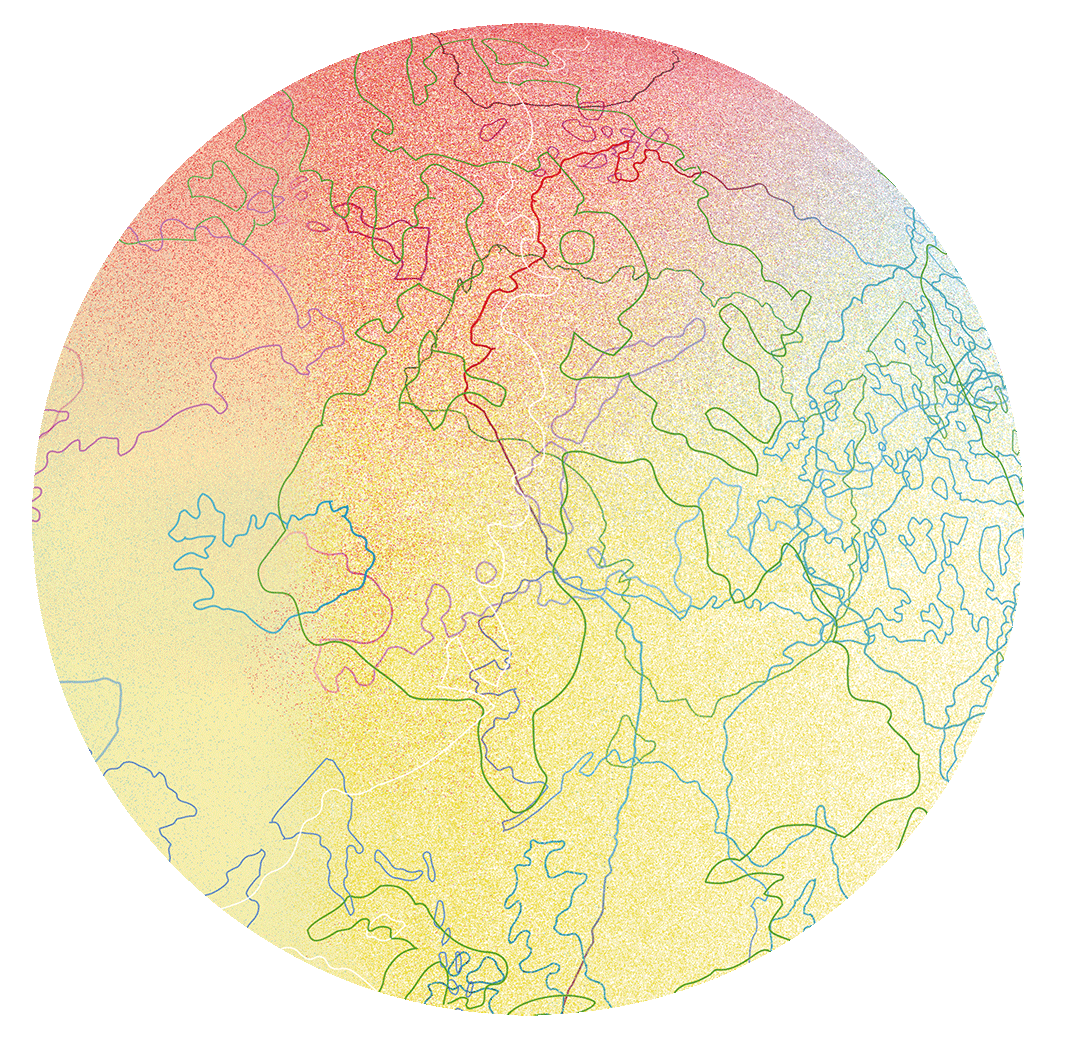
Funding Opportunities
Our grantmaking efforts focus on mathematical and physical sciences, life sciences, and autism and neuroscience research.
Announcements
July 02, 2025
July 01, 2025
June 26, 2025
Articles
June 16, 2025
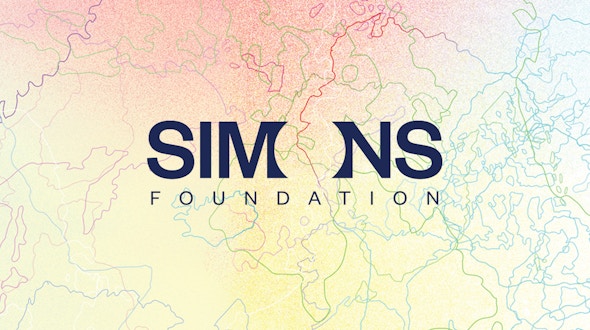
May 13, 2025

July 02, 2025
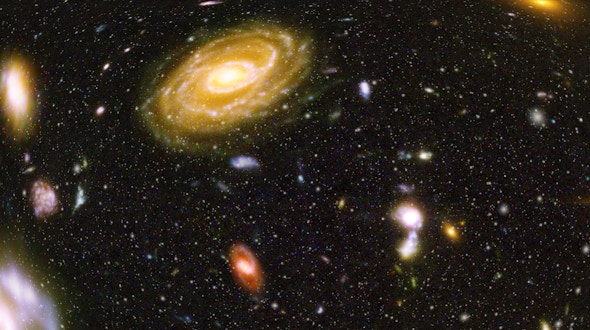
June 25, 2025
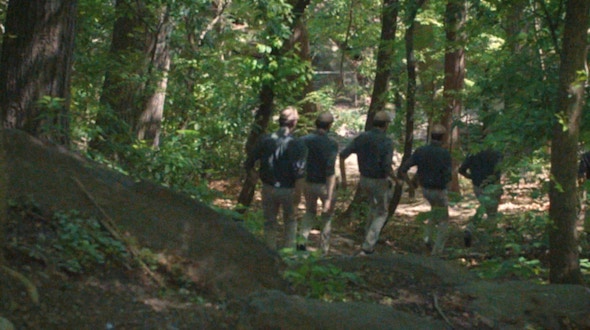
June 18, 2025
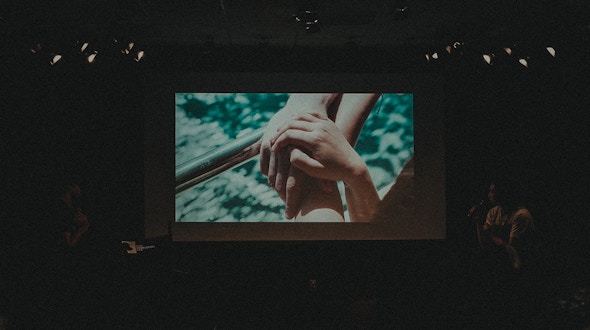
June 17, 2025
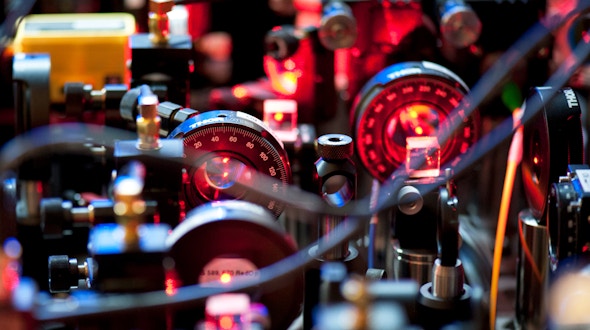
What We're Reading
July 4
In 2014, mathematician Peter Lax discussed his incredible career and accomplishments as part of the Simons Foundation’s Science Lives series.
Peter Lax, an innovator in applied mathematics who left Hungary during World War II and worked on U.S. atomic bomb calculations as a college student while developing equations that would later influence fields such as medicine and weather forecasting, died May 16 at his home in Manhattan. He was 99.
The Perimeter Institute is like a concert hall where the deepest symphonies of nature are composed and performed.



